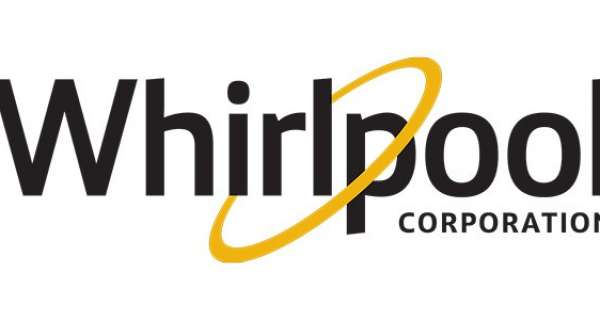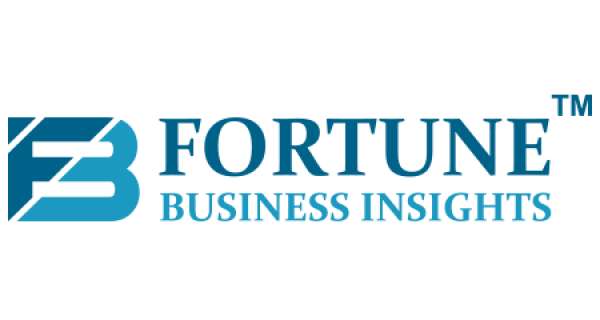Where money is borrowed, there are various lending paradigms out there. One such paradigm that has come into the limelight is AFH lending, which is a structured method of extending financial help with borrowers and lenders aligned. To make an informed choice, you need to know how AFH lending operates, its advantages, as well as the major factors to understand prior to opting for it.
Understanding AFH Lending
AFH lending is a particular financial arrangement where lending institutions or private lenders provide loans under terms that have been agreed to and clearly defined. AFH lending differs from informal lending in that it tends to involve binding contracts, fixed interest rates, and repayment schedules. The model is both transparent and accountable, limiting risks to both parties.
How the Process Works
The AFH lending process generally starts with the borrower approaching a lender to request a loan by presenting their income history, reason to borrow, and capacity to repay. The lender considers the application, usually on factors of creditworthiness and collateral where needed. After approval, the terms are written down, including loan size, repayment term, interest rate, and consequences for late payment. This provides clarity and protects both parties against misrepresentation.
Benefits to Borrowers
For lenders, AFH lending provides stability. With specified repayment terms, borrowers or companies can budget their finances better. Moreover, most AFH lending schemes could be flexible enough to include fixed or variable interest rates, allowing lenders the freedom of choice in their opting. As contracts are written, lenders also have legal recourse and transparency in repayment terms.
Benefits for Lenders
From the lender's view, AFH lending eliminates uncertainty. The structured method decreases the likelihood of defaults since contracts are enforceable. Additionally, lenders can diversify their portfolios by lending under various AFH structures, balancing risks among multiple borrowers. This model also enhances trust, which encourages lenders to finance subsequent projects or expansions.
Key Considerations Before Borrowing
Prior to signing into an AFH lending contract, the borrower should examine each term closely. One should consider the interest rate, repayment options, and extra fees like processing fees. It is advisable to shop around for various AFH lending packages in order to secure better terms. Keeping a good payment record not only builds credibility but can also provide access to future better rates.
The Role of Regulation
AFH lending, as with most finance services, comes under the purview of regulatory bodies. This is to ensure that lenders carry out operations with honesty and borrowers are not targeted with predatory lending. Frameworks also include guidelines for the resolution of disputes, which can be essential in keeping the lending market healthy. Knowing these regulatory features assists borrowers in making more secure choices.
Bottom-Line
AFH lending is a systematic, transparent, and mutually rewarding method of borrowing and lending. Through providing transparent agreements, fixed terms of repayment, and legal protection, it serves both lenders and borrowers. But to succeed in AFH lending involves thorough examination of terms, prudent borrowing, and quick repayment. Whether you need funds for personal purposes or business expansion, knowing the nuances of AFH lending will enable you to make better financial decisions.

































0 Bemerkungen